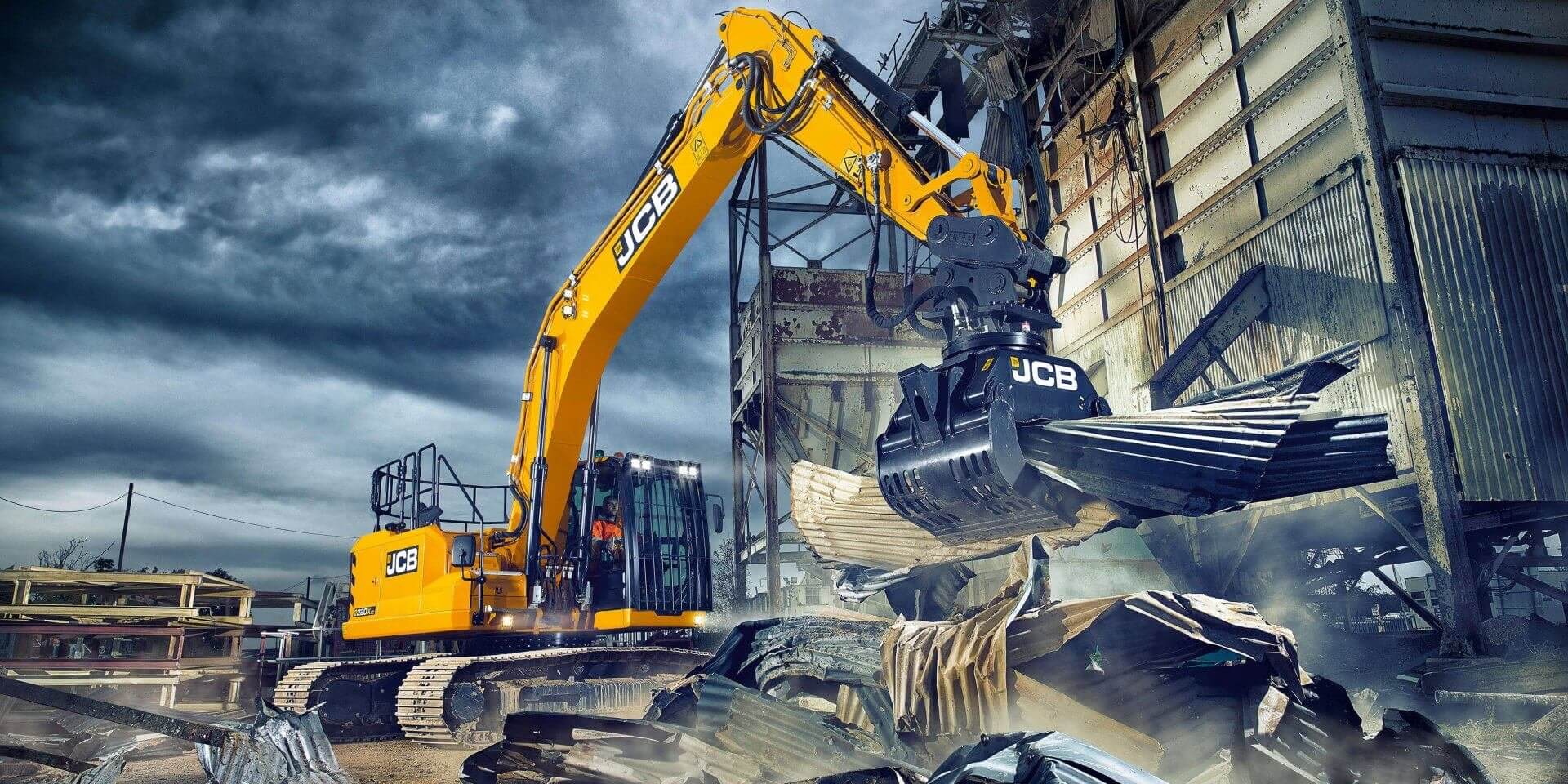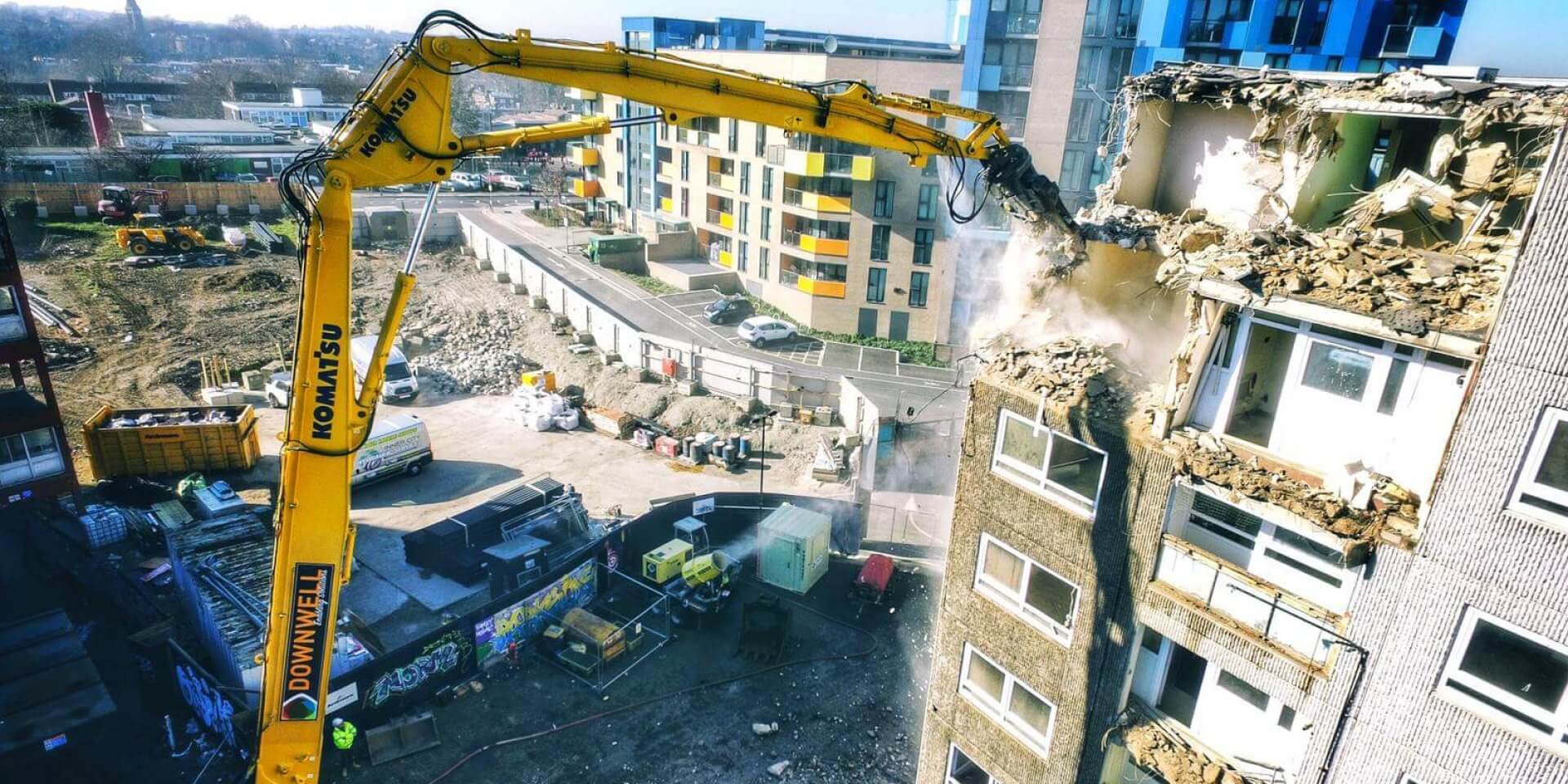Texas Stadium implosion decision now imminent.
As thousands of Dallas Cowboys fans turn their attention to the new $1.15 billion stadium in Arlington, officials in Irving are hoping to send the team’s former home out with a bang. Literally.
The City Council is expected to consider awarding a $5.8 million demolition contract – a contract that came under intense scrutiny for the breadth of bid values received – next week that would allow a Dallas excavation company to implode Texas Stadium. The city has never kept quiet its plans to clear the structure and redevelop the teardrop-shaped site. But don’t expect officials to get too excited about blowing up the most famous building in town.







 In the demolition environment, there are certain things you really want to avoid: anthrax, legionella, vibration white finger, asbestos or a run-in with the Health and Safety Executive.
In the demolition environment, there are certain things you really want to avoid: anthrax, legionella, vibration white finger, asbestos or a run-in with the Health and Safety Executive.